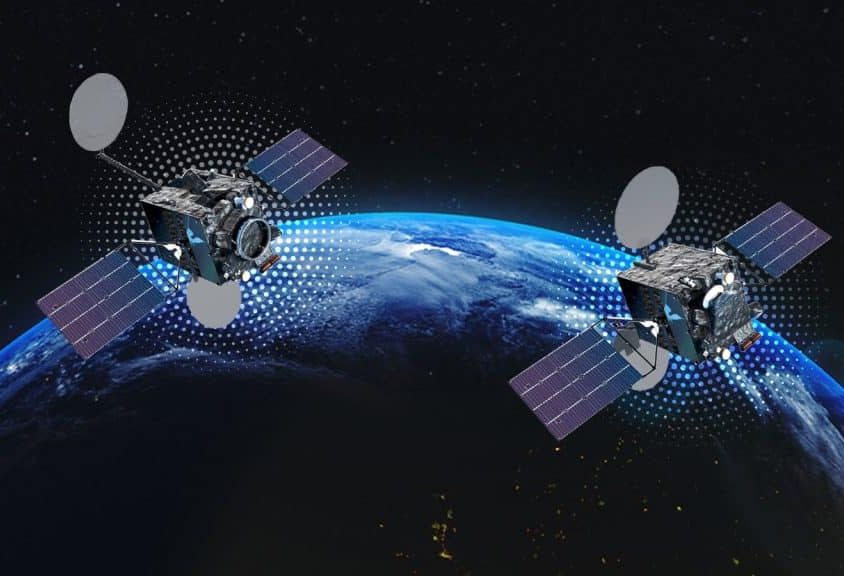Launch success for Intelsat satellites
November 14, 2022
By Chris Forrester

A SpaceX Falcon 9 rocket successfully placed two important Intelsat satellites into orbit on November 12th. Galaxy 31 and Galaxy 32 were launched. They will help provide Intelsat’s replacement coverage to its client’s cable head-end with TV services and help guarantee Intelsat receives the FCC’s C-band compensation payment at the end of 2023.
The launch, from Cape Canaveral Space Force Station in Florida, was the 14th flight for the Falcon 9 first stage booster. The booster previously supported Dragon’s first crew demonstration mission, the RADARSAT Constellation Mission, SiriusXM’s SXM-7, and 10 Starlink missions.
Unlike all these previous missions this particular rocket booster was not recovered at sea after the launch. The reason was the combined weight (about 6.6 tonnes) of the two communications satellites which meant the rocket needed all its on-board propellant to loft the craft into their designated geostationary transfer orbits. Intelsat paid a premium to SpaceX for the extra workload. The extra height achieved also means the two satellites have a little extra of their own on-board fuel for future station-keeping. The rocket lifted off from the pad at 11.06 Florida time.
The two Maxar Technologies-built satellites have a design life of some 18 years. But they will not start work just yet as they will slowly be manoeuvred into position over the next month or so. Intelsat says that Galaxy 31 will likely enter service in January 2023 while Galaxy 32 will start work in February.
Galaxy 31 will go to 121 degrees West, while Galaxy 32 will be placed at 91 degrees West.
